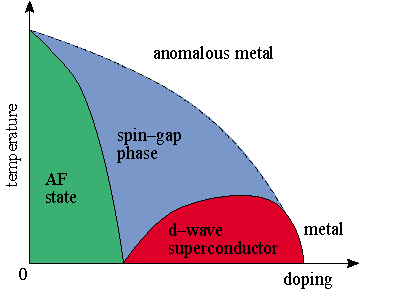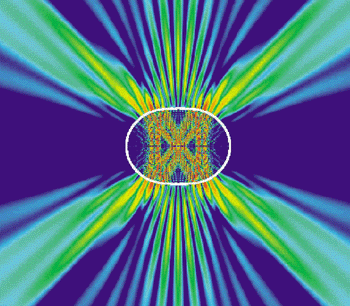Author
Array
(
[0] => linkedin
[1] => facebook
[2] => twitter
[3] => google-plus
[4] => youtube
)
Array
(
[0] => linkedin
[1] => facebook
[2] => twitter
[3] => google-plus
[4] => youtube
)
Array
(
[0] => linkedin
[1] => facebook
[2] => twitter
[3] => google-plus
[4] => youtube
)
Array
(
[0] => linkedin
[1] => facebook
[2] => twitter
[3] => google-plus
[4] => youtube
)
Array
(
[0] => linkedin
[1] => facebook
[2] => twitter
[3] => google-plus
[4] => youtube
)
No Author
Author archive

XMM will be in a highly elliptical orbit to keep it away from interference caused by the Sun’s glare. The telescope’s large size and unusual orbit explains why XMM was launched from Ariane 5, which is the largest heavy-lift vehicle currently in service. XMM consists of three advanced X-ray telescopes. They each contain 58 high-precision […]
 Read article: Astrophysics and cosmology: the golden age
Read article: Astrophysics and cosmology: the golden age
Our understanding of the universe has advanced immeasurably in the last century, and there seems no end to the wealth of new discoveries as we approach the next millennium
 Read article: Explaining high-Tc superconductors
Read article: Explaining high-Tc superconductors
Even a decade and a half after the discovery of high-temperature superconductivity in ceramic compounds containing copper-oxide planes, these materials continue to puzzle condensed-matter theorists. The challenge is not simply to find a reasonable formula that predicts the uniquely high values for the superconducting transition temperature in the cuprates. Rather, superconductivity is but one aspect […]
 Read article: Industrial revolutions in the 21st century
Read article: Industrial revolutions in the 21st century
Advances in nanotechnology, information science and molecular biology continue at a rapid rate and are poised to spark a series of industrial revolutions in the next millennium
 Read article: Particle physics: the next generation
Read article: Particle physics: the next generation
Although the basic building blocks of matter and their interactions have been placed on a firm theoretical footing, many fundamental questions remain unanswered and await the experiments of the future
 Read article: Quantum gravity presents the ultimate challenge to theorists
Read article: Quantum gravity presents the ultimate challenge to theorists
Physics in the 20th century is founded on the twin pillars of quantum mechanics and the theory of relativity. However, in spite of the enormous successes of each theory individually, the two appear to be incompatible. This embarrassing contradiction at the very heart of theoretical physics remains one of the great outstanding challenges in science. […]
 Read article: Quantum theory: weird and wonderful
Read article: Quantum theory: weird and wonderful
Quantum mechanics is the most accurate theory we have to describe the world, but there is still much about it that we do not fully understand
 Read article: The social conscience of scientists
Read article: The social conscience of scientists
Joseph Rotblat says scientists need to accept responsibility for the human and environmental consequences of their research,.
 Read article: Physics: past, present, future
Read article: Physics: past, present, future
What happens when you ask some of the world's leading physicists seven questions about the past, present and future of physics?

The UK government has been trying for some time to incorporate private-sector practices into government-run research centres. AWE Management replaces Hunting-BRAE, who were awarded a seven-year contract to manage the UK nuclear programme in 1993. BNFL is expected to manage waste, decommissioning and “legacy clean-up” operations, Lockheed will control weapons and technology, while Serco will […]
Copyright © 2025 by IOP Publishing Ltd and individual contributors








